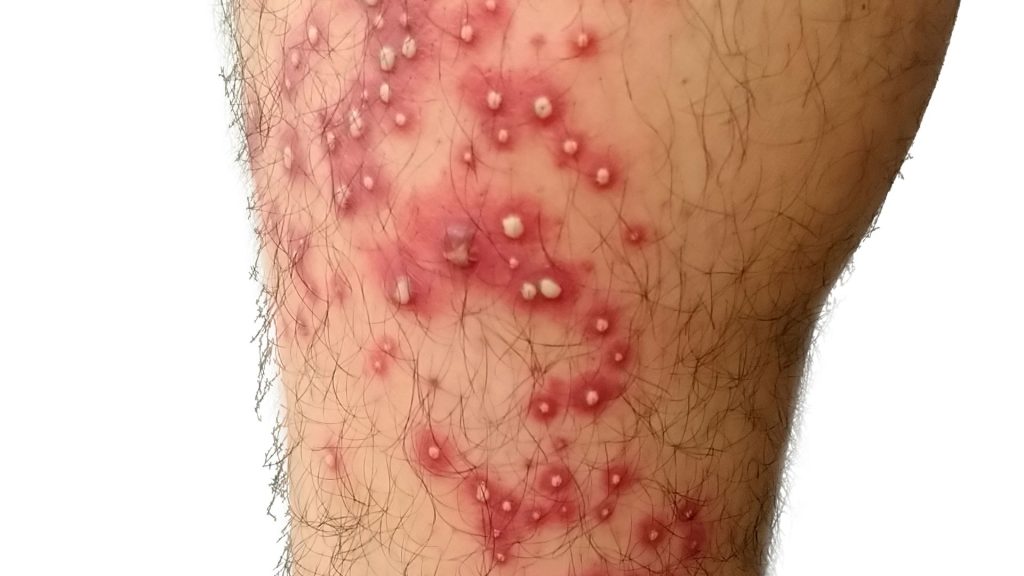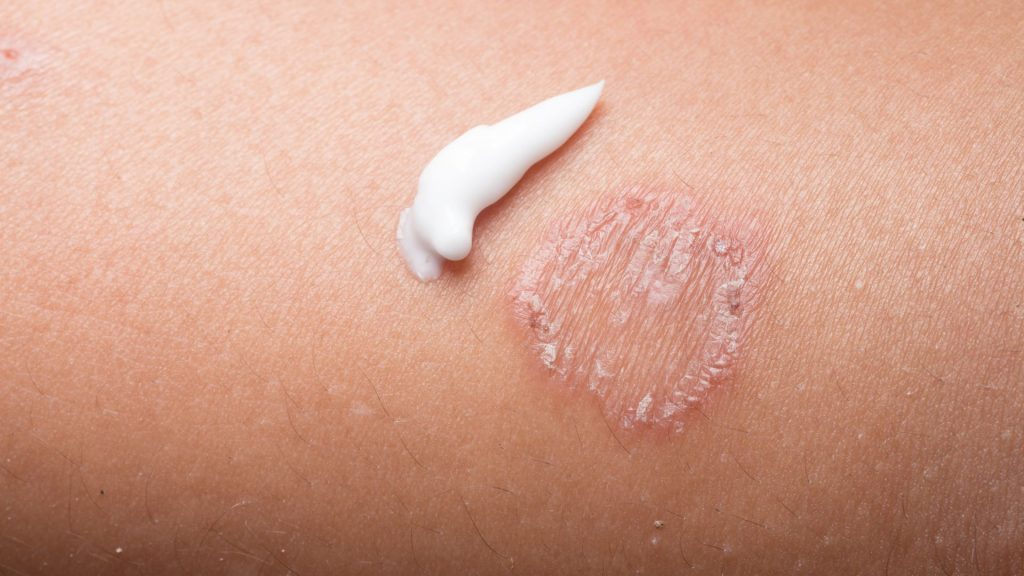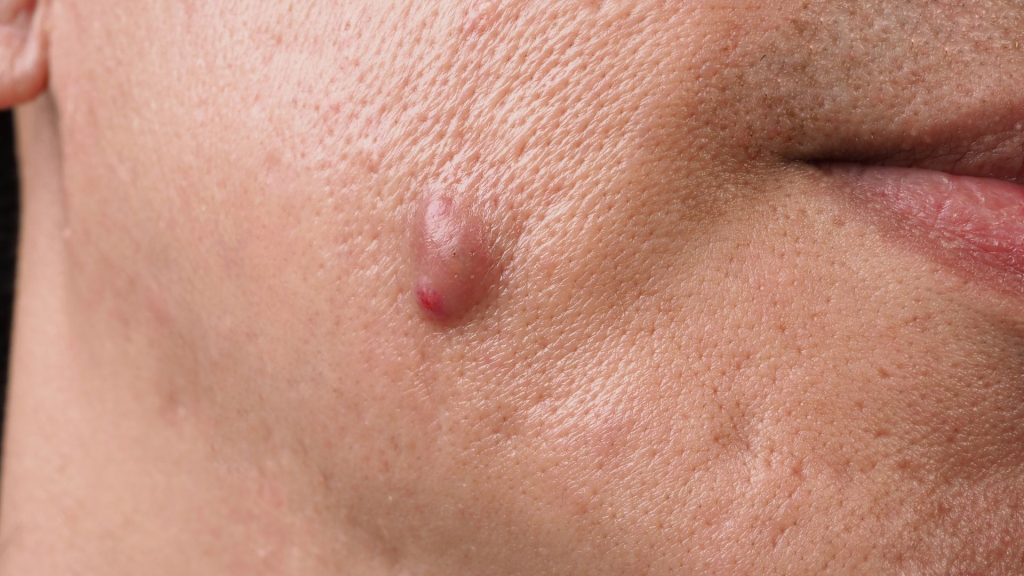Discover the pitfalls of Misdiagnoses of Hidradenitis Suppurativa, a chronic inflammatory skin disease marked by recurrent, painful nodules and abscesses in skin folds. With prevalence rates affecting 1-4% of the population, it predominantly impacts women. Often mistaken for other skin conditions, misdiagnosis of HS can lead to delayed treatment, exacerbation of symptoms, and unnecessary interventions. Gain insights into the common misdiagnoses of Hidradenitis Suppurativa to facilitate accurate diagnosis and appropriate management strategies.
Acne
HS is frequently misdiagnosed as acne vulgaris, a common skin condition that affects the hair follicles and oil glands. HS and acne share some similarities, such as the presence of painful nodules and pustules.
However, acne usually affects the face, chest, and back, while HS commonly affects the groin, armpits, and buttocks. HS lesions are also more painful, larger, and deeper than acne lesions. HS is also more likely to cause scarring, sinus tracts, and chronic inflammation.
Folliculitis
Folliculitis is a bacterial or fungal infection of the hair follicles that causes small, red bumps and pustules. It is often caused by poor hygiene, tight clothing, or shaving. Folliculitis and HS share some clinical features, such as pustules and inflammation.
However, HS lesions are deeper, larger, and more painful than folliculitis lesions. HS tends to recur in the same area, while folliculitis may affect different body areas.

Cellulitis
Cellulitis is a bacterial skin infection that affects the deeper layers of the skin and subcutaneous tissue. It causes the affected area redness, swelling, warmth, and pain. Cellulitis and HS share some clinical features, such as redness, swelling, and pain. However, HS lesions are more localized, while cellulitis spreads rapidly and affects a larger area. HS lesions tend to recur in the same area, while cellulitis may affect different body areas.
Contact Dermatitis
Contact dermatitis is a skin condition that occurs when the skin comes into contact with an irritant or allergen. It causes redness, itching, and inflammation in the affected area. Contact dermatitis and HS share some clinical features, such as inflammation and itching.
However, contact dermatitis tends to affect the exposed areas of the skin, such as the hands, face, and neck, while HS affects the skin folds. Contact dermatitis also tends to resolve when the irritant or allergen is removed, while HS tends to recur and worsen over time.
Furunculosis
Furunculosis, also known as a boil, is a bacterial infection of the hair follicle that causes a painful, red lump filled with pus. Furunculosis and HS share some clinical features, such as the presence of painful, pus-filled nodules.
However, furunculosis tends to affect a single hair follicle, while HS affects multiple follicles in the same area. HS lesions are also deeper and more extensive than furunculosis lesions. Furunculosis is also more likely to resolve with drainage and antibiotics.

Lymphadenopathy
Lymphadenopathy is a condition in which the lymph nodes become enlarged and swollen. Infections, inflammation, or cancer can cause it. Lymphadenopathy and HS share some clinical features, such as swollen and tender areas.
However, lymphadenopathy tends to affect the lymph nodes, while HS affects the skin. Lymphadenopathy is also more likely to be associated with fever, malaise, and systemic symptoms, while HS is a localized condition.
Pilonidal Cyst
A pilonidal cyst is a condition in which a cyst or abscess forms at the base of the tailbone, causing pain, swelling, and drainage of pus. Pilonidal cysts and HS share some clinical features, such as abscesses and sinus tracts.
However, pilonidal cyst affects the tailbone area, while HS affects the skin folds. A pilonidal cyst is also more likely to affect young, obese men, while HS affects both men and women of all ages and body types.

Conclusion
HS is a chronic inflammatory skin condition that can be misdiagnosed due to its similarity to other skin conditions. The misdiagnosis can cause delayed treatment, worsening of the condition, and unnecessary interventions. Clinicians should be aware of the common misdiagnoses of HS and consider the possibility of HS in patients with recurrent skin lesions in the skin folds. Early and accurate diagnosis of HS can lead to better outcomes and improved quality of life for patients.
If you or someone you know is living with hidradenitis suppurativa, the Canadian Hidradenitis Suppurativa Foundation is here to help. Our mission is to improve the lives of HS patients by raising awareness and educating dermatologists. Join us in our efforts to make a difference in the lives of those affected by this chronic inflammatory skin disease.
